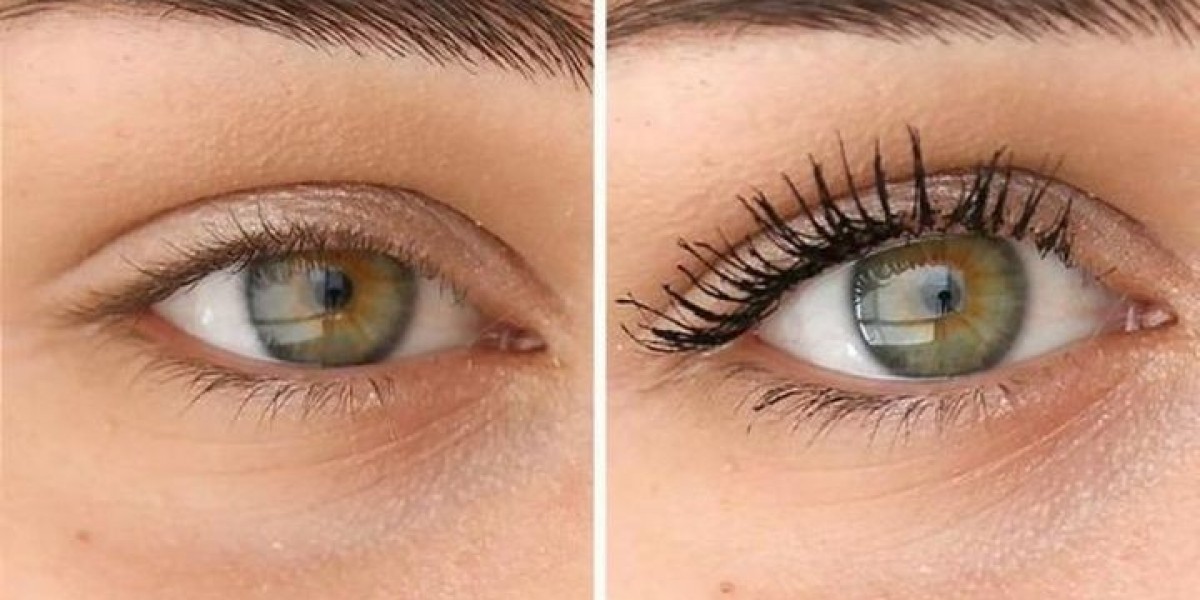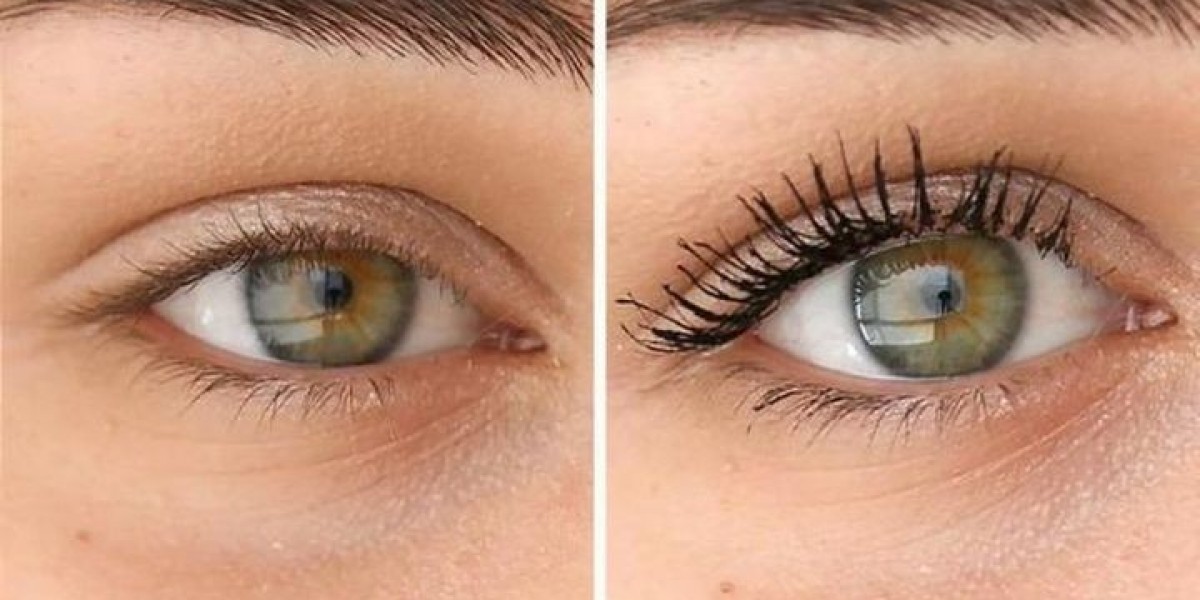The Importance of a Certified Cat Flap Installer: Why You Should Hire a Professional
As a cat owner, you desire to offer your feline pal with the flexibility to come and go as they please. A cat flap is a fantastic method to do this, however installing one can be a bit more complex than you may believe. While it may be tempting to try and install a cat flap yourself, hiring a certified cat flap installer is the best method to guarantee that the job is done correctly and safely.
In this post, we will check out the advantages of working with a certified cat flap installer, what to try to find in a certified installer, and how to select the best one for your requirements.
Advantages of Hiring a Certified Cat Flap Installer
There are several benefits to hiring a certified microchip cat flap installer flap installer. A few of the most substantial advantages include:
- Proper Installation: A certified cat flap installer has the training and experience to install your cat flap properly. This indicates that the flap will be firmly attached to your door, and the surrounding location will be sealed to prevent drafts and moisture from entering your home.
- Safety: A certified installer will ensure that your cat flap is set up in such a way that is safe for both your cat and your home. This consists of guaranteeing that the flap is set up at the appropriate height and that any electrical elements are properly connected.
- Energy Efficiency: A certified cat flap installer can assist you choose the right cat flap for your home, consisting of one that is energy efficient. This can help in reducing heat loss in the winter and keep your home cooler in the summertime.
- Resilience: A certified installer will utilize top quality products and installation strategies to ensure that your cat flap lasts for several years to come.
- Guarantee: Many certified cat flap installers use a guarantee on their work. This indicates that if anything goes wrong with your cat flap, you can count on the installer to fix the problem.
What to Look for in a Certified Cat Flap Installer
When looking for a certified cat flap installer, there are a number of things to consider. Some of the most important factors include:
- Certifications: Look for installers who have certifications from trusted companies, such as the Glass and Glazing Federation (GGF) or the Fenestration Self-Assessment (FENSA).
- Experience: Choose an installer who has experience setting up cat guardian door installation flaps. This will make sure that they have the necessary abilities and understanding to do the job correctly.
- Insurance: Make sure that the installer has liability insurance to safeguard your home and property in case of an accident.
- Recommendations: Ask for references from previous customers to get an idea of the installer's work quality and client service.
- Price: Get quotes from a number of installers to compare costs and discover the very best deal.
How to Choose the Right Certified Cat Flap Installer
Choosing the best certified cat Flap Technician flap installer can be a bit frustrating, however here are some tips to help you make the ideal choice:
- Get Recommendations: Ask pals, family, or next-door neighbors for suggestions. They may have had a good experience with a certified cat flap installer in the past.
- Examine Online Reviews: Look up online reviews from sites like Yelp or Google to see what other customers have to state about the installer.
- Examine Certifications: Make sure that the installer has the necessary certifications and credentials.
- Get a Quote: Get a quote from the installer, consisting of the cost of materials and labor.
- Inspect the Warranty: Find out if the installer provides a service warranty on their work and what it covers.
Frequently Asked Questions
Here are some often asked questions about certified cat flap installers:
Q: What is the average cost of a cat flap installation?A: The typical cost of a cat flap installation can differ depending upon the kind of flap, the size of the flap, and the intricacy of the installation. Typically, you can expect to pay between ₤ 50 and ₤ 200 for a standard cat flap installation.
Q: How long does a cat flap installation take?A: A cat flap installation typically takes between 30 minutes and several hours, depending upon the intricacy of the job.
Q: Can I install a cat flap myself?A: While it is possible to set up a cat flap yourself, it is not recommended. A certified cat flap installer has the training and experience to do the job properly and securely.
Q: What type of cat flap is best for my home?A: The type of cat door in sliding door flap that is best for your home will depend upon numerous factors, including the size of your cat, the type of door you have, and your energy performance needs. A certified cat flap installer can assist you choose the best flap for your home.
Types of Cat Flaps
There are numerous kinds of cat flaps offered, including:
- Manual Cat Flaps: These are one of the most standard kind of cat flap and need your cat to press the flap open with their nose or paw.
- Magnetic Cat Flaps: These flaps utilize a magnet to keep the flap closed, however permit your cat to go into and leave freely.
- Electronic cat flap maintenance Flaps: These flaps use a sensor to identify your cat's presence and open the flap immediately.
- Insulated Cat Flaps: These flaps are designed to decrease heat loss and keep your home warmer in the winter season.
Conclusion

Setting up a cat flap can be a fantastic way to give your feline buddy the flexibility to come and go as they please. However, working with a certified cat flap installer is the best method to ensure that the task is done correctly and securely. By picking a certified installer, you can make sure that your cat flap is installed appropriately, securely, and efficiently. With the ideal installer, you can delight in the advantages of a cat flap while reducing the dangers.
We hope this post has supplied you with the info you need to make an informed decision about employing a certified cat flap installer. Remember to constantly do your research study, check accreditations, and ask for referrals before making a decision.






